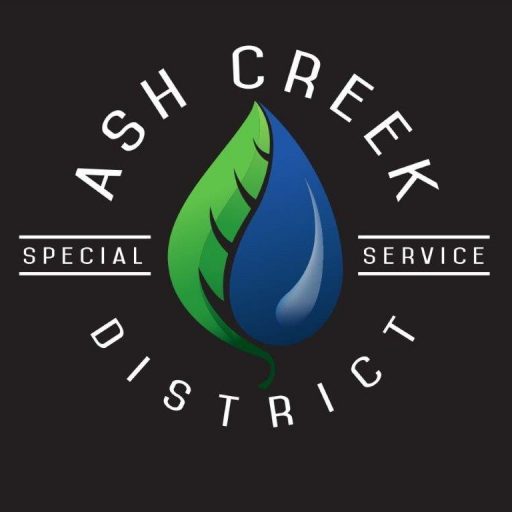Fats, Oils, and Grease (FOG)
Where does FOG come from?
A byproduct of cooking, FOG comes from meat, fats, lard, oil, shortening, butter, margarine, food scraps, sauces, and dairy products. When washed down the drain, FOG sticks to the inside of sewer pipes. Over time FOG can build up, block entire pipes, and lead to serious problems. Directly pouring FOG down the drain after cooking is not the only way it gets into the sewer system; it drips off scraps that make their way into the sink and even items that are broken up by the garbage disposal can send FOG down the drain. Washing dishes(either in the sink or a dishwasher) can also cause FOG to get into the pipes if they aren’t wiped out before washing them.
 Do’s and Don’ts
Do’s and Don’ts
The following Do’s and Don’ts will help you avoid expensive sewer backups, plumbing emergencies, rate increases needed to cover maintenance and repairs and help to protect water quality.
DO
- Recycle used cooking oil or properly dispose of it by pouring it into a seal-able container and placing the container in the trash.
- Put food scraps in the trash and not the sewer system.
- Use a “Dry Cleanup Method” by using a paper towel to scrape wet scraps from pots, pans and other cooking utensils into a can or trash for disposal.
Don’t
- Ever pour fats, oils or grease into sink drains.
- Ever use a toilet as a wastebasket.
- Ever use cloth towels or rags to scrape plates or clean greasy dishware. When the towels are washed the grease will end up in the sewer.
